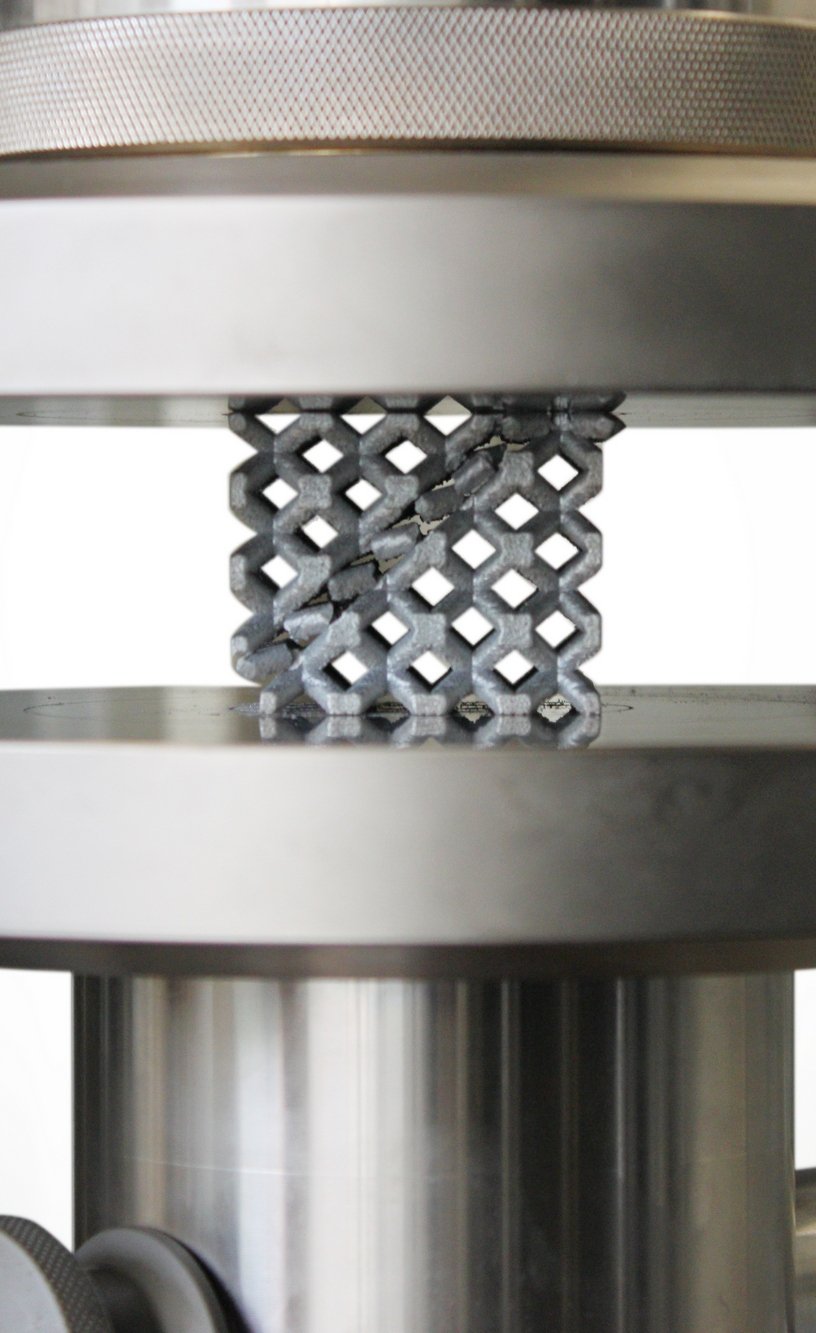Materials and the material research are the basic prerequisites for (not only) mechanical engineering of the 21st century. The use of current and new metallic and non-metallic (plastics, ceramics, and composites) materials with the current development of machining, forming, injection moulding, coating, or additive manufacturing, including powder metallurgy, is essential for the design of new components, machines, or devices. Advanced materials cover all types of materials, which represent a noticeable progress over traditional materials used so far. From this perspective, advanced materials concern also all modifications of current materials that have new or better properties or combined properties that are critical for a given application. This applies particularly for materials directed into specific applications, such as in the case of smart components.
Currently, one of the biggest problems in the area of the use of construction materials is the impact on the environment which is induced by a given product during its production or use. It is estimated that 56% of the industrial CO2 emissions come from the production of materials (especially steel, aluminium, plastics, concrete, cement, or paper). The predictions show, that the demands on the production of materials will approximately double over the next 40 years . A significant concern is raised over the available supplies of raw materials, including their global localisation. Concurrently, due to the price volatility of some raw materials during the last decade, some elements (e.g. rare-earth metals) seem to have become critically scarce . In order to get these trends under control, there is an increased demand for a major decrease of the volume of materials production. One of the possible solutions for this is materials which would be designed exclusively for a given application. The amount of used material for specific part of application would be minimised, while meeting all other criteria (strength, toughness, fracture resistance, and other functionalities). This innovative concept is the basic idea of internally specifically structured metal multimaterials. These are materials that have an internal architecture so that their behaviour would exhibit a considerably better performance than the behaviour of their separate individual compounds, as is the case of reinforcement in ferroconcrete or in natural biomaterials.
In terms of engineering use, the research in current and new metallic and non-metallic materials and internally structured materials with specified properties appears essential. The properties do include, but are not limited to higher wear resistance, low coefficient of friction, reduced weight, higher toughness and strength, or other specific properties in relation to cost and affordability . These are materials with the ability of strain energy dissipation, materials for energy harvesting or materials with a specific degree of operating load (e.g. in components for aviation or automotive industry) . Another group would be formed by materials and technologies for additive and environmentally friendly manufacturing, allowing the integration of conventional and additive technologies and for the perspective cold spray technology. It is desirable to focus on the development of materials for additive and hybrid technologies (powders for additive manufacturing including multimaterial metal-metal and metal-ceramics, wires, pellets, etc.), including the design of their process parameters . An important issue regarding composites is the usage of cheaper fiber composites or particle composites, close to the cost of carbon fibers materials yet exceeding them by their performance, and further duplex and dual structures. Ceramic materials, which replace metallic materials in many applications, especially in the case of highly loaded parts in corrosive environment of flue gases or aqueous solutions, are equally important.
The key position in modern engineering will increasingly belong to functional and functionally gradient materials. In a simplified form, these materials are already used as materials with functional surfaces prepared using appropriate procedures of surface engineering (PVD, CVD coating methods, thermal spraying, cold spray, treatment by concentrated energy sources – laser or electron beam, etc.). Advanced applications are represented by materials for the formation of surfaces with another added function, thermal barrier coatings, materials with self-healing ability, materials with magnetic shape memory, higher plasticity thanks to nano-twinning, gradient materials, etc.
